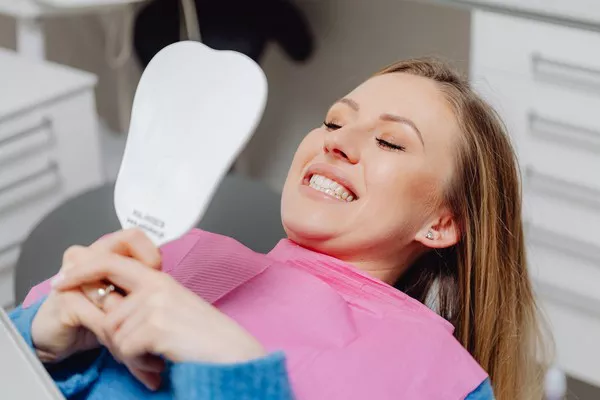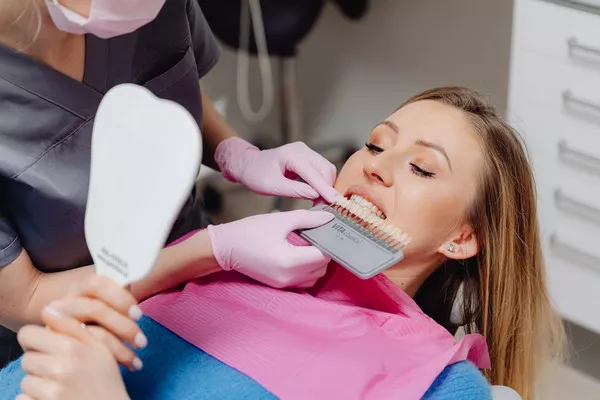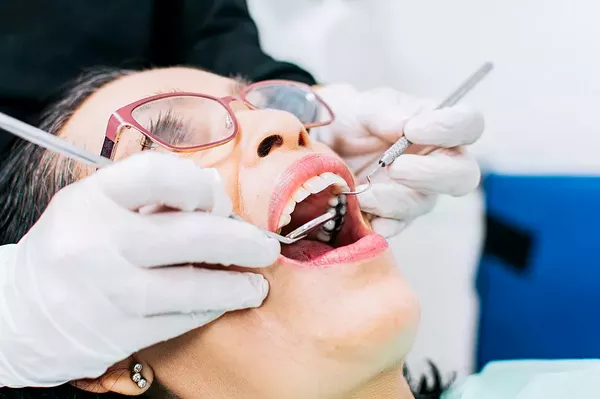A bright, white smile is often associated with good oral health and can significantly enhance one’s appearance and self-confidence. However, many individuals struggle with yellow or discolored teeth, which can be caused by various factors such as poor oral hygiene, dietary habits, aging, or certain medications. If you’re looking to transform your yellow teeth into a dazzling white smile, it’s essential to understand the process and manage your expectations.
Understanding Tooth Discoloration
Tooth discoloration occurs when the outer layer of the tooth, known as enamel, becomes stained or damaged. There are two primary types of tooth discoloration: extrinsic and intrinsic. Extrinsic stains affect the outer surface of the tooth and are typically caused by external factors like tobacco use, consumption of dark-colored foods and beverages, or inadequate oral hygiene. Intrinsic stains, on the other hand, occur within the tooth structure and may result from factors such as trauma, excessive fluoride exposure during tooth development, or certain medications.
Professional Teeth Whitening Options
When it comes to achieving a whiter smile, professional teeth whitening treatments are highly effective. Dentists offer various options, including in-office whitening procedures and take-home whitening kits. In-office treatments involve the application of a bleaching agent directly to the teeth, which is then activated using a special light or laser. This method typically yields immediate results, with teeth appearing noticeably whiter after just one session. Take-home whitening kits, on the other hand, consist of custom-fitted trays and a milder bleaching gel that patients can apply at home over a period of several weeks.
Factors Affecting Whitening Results
Several factors influence how long it takes for yellow teeth to turn white. These include the severity of discoloration, the chosen whitening method, individual variations in tooth structure and enamel thickness, and compliance with treatment instructions. Mild cases of extrinsic staining may show significant improvement after just a few days or weeks of consistent whitening treatment. However, more severe or intrinsic stains may require longer treatment periods to achieve desired results.
It’s important to note that teeth whitening treatments are not permanent, and the duration of their effects varies from person to person. The longevity of whitening results depends on factors such as oral hygiene practices, dietary habits, tobacco use, and regular dental check-ups. Avoiding foods and beverages that stain the teeth, practicing good oral hygiene, and scheduling periodic touch-up treatments can help maintain a brighter smile for an extended period.
Alternative Whitening Methods
In addition to professional treatments, there are several over-the-counter whitening products available, such as whitening toothpaste, strips, gels, and rinses. While these options may provide some improvement in tooth color, they generally take longer to produce noticeable results compared to professional treatments. It’s important to follow the instructions carefully and be patient when using these products, as excessive or improper use can lead to tooth sensitivity or gum irritation.
Conclusion
The journey from yellow teeth to a white smile is achievable through various professional teeth whitening methods. The time it takes for yellow teeth to turn white depends on the severity of discoloration, the chosen whitening method, and individual factors. Mild cases of extrinsic staining may see results within days or weeks, while more severe or intrinsic stains may require longer treatment periods. It’s crucial to consult with a dental professional to determine the most suitable whitening option and to manage expectations realistically. Remember, maintaining good oral hygiene practices and making lifestyle changes can help prolong the effects of teeth whitening treatments. With patience and consistency, you can embark on the path to a brighter, more confident smile.
Related Topics:





























